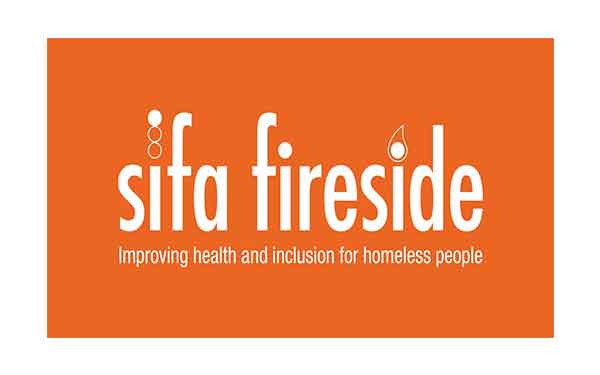If you are employed in a low-risk workplace such as an office or a shop, the emergency first aid at work course is suitable for you. The course is completed in 1-day and should be renewed every 3 years.
Modules breakdown
The emergency first aid at work course (EFAW) will also educate employees on how to handle a wide range of specific work-related situations, as well as teaching them cardiopulmonary resuscitation (CPR). Over the course of the emergency first aid training day, they will be taught how to deal with:
- MINOR CUTS, GRAZES, SPLINTERS, AND BURNS
- CHOKING
- SHOCK
- WOUNDS AND BLEEDING
- DIABETES
- ASTHMA
- FRACTURES
- STROKES
- ANAPHYLACTIC SHOCK
- HEART ATTACKS AND ANGINA
- ASTHMA
- UNCONSCIOUS COLLEAGUES
EFAW exams and assessment
Throughout the course, the trainer will evaluate candidates to ensure that all learning goals are met. An FAIB-accredited EFAW qualification will be given to successful learners.
Do my employees need this course?
In certain cases, only emergency training is required following a first aid risk analysis – in this case, our one-day emergency first aid at work course is sufficient, and first responders just need to get the EFAW qualification. Other businesses may require additional training for the FAW certification depending on the assessment’s outcome.
How Many Emergency First Aiders Should My Business Have?
The number of emergency first aiders that your business should have depends on several factors, including the size of your workforce, the type of work that is performed, and the potential hazards that are present in the workplace.
In the UK, the Health and Safety (First-Aid) Regulations 1981 require employers to provide “adequate and appropriate” first-aid equipment, facilities, and personnel. This means that the size of your workforce, the nature of the work, and the risks involved will all be taken into account when determining how many first-aiders your business should have.
The Health and Safety Executive (HSE) recommends that you conduct a first-aid needs assessment to determine your specific first-aid requirements. The assessment should consider the following factors:
- The size of your workforce
- The nature of the work
- The nature and severity of the injuries or illnesses that are most likely to occur
- The location of your workplace
- The availability of trained first-aiders
- The availability of other first-aid resources, such as a defibrillator
The HSE guidelines states that for low risk workplaces such as office environments, one person trained in emergency first aid at work (EFAW) is generally sufficient. But for higher risk workplaces (e.g construction, manufacturing), more trained first aiders may be required.
As an example, for a low-risk office environment with less than 50 employees, it may be sufficient to have one trained emergency first aider on staff. For a higher-risk construction site with more than 50 employees, it may be necessary to have several trained first aiders on site at all times.
It’s important to check the guidelines and regulations that are specific to your industry or sector in your country. It is always advisable to have at least one person trained in basic first aid, and it’s a good idea to have more than one person trained in case they are needed in different areas of your business at the same time.
cpr, aed, bleeding, shock, heart attack, stroke, seizures, diabetes, asthma, allergies, poison, head injury, neck injury, back injury, broken bones, burns, cuts, scrapes, bites, stings.










